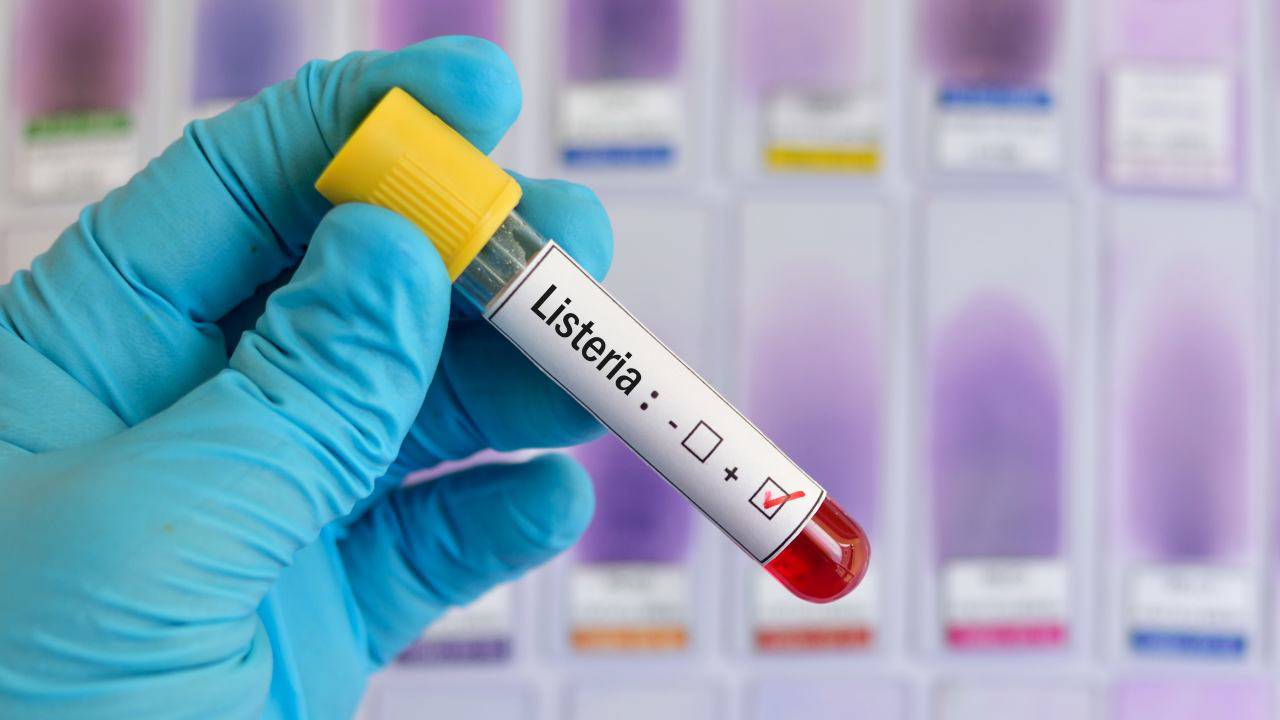A new food recall notice has just been announced by the Ministry of Health through its dedicated portal. A much-loved product in focus.
THE MOST READ RECIPES TODAY:
It is one of the most popular products of the Italian culinary tradition, especially from Lombardy and Piedmont, but which in the 1980s and 1990s was among the most popular far and wide along the peninsula.
A new urgent precautionary withdrawal was published a few hours ago on the website of the Ministry of Health, in the portal that deals with reports of possible withdrawals and warnings on food safety.
Specifically, it is a batch of veal with tuna sauce for which a possible microbiological risk for consumers was found due to contamination of the meat.
The note details “possible presence of Lystria Monocytogenes“. The affected product is the Vitel Thunder produced by the company GASTRONOMIA SOMASCA Srl in its factory active in via Brescia 42, in Desio, in the province of Monza Brianza.
The lot recalled is the number 1513 with expiry date 05/28/2022, sold in heat-sealed trays of 200 grams each.
As usual, the lot has already been withdrawn from the shops but in the case of a previous purchase, the advice of the Ministry is always the same. Absolutely do not consume it and bring it back to the nearest store for immediate exchange of goods, even without a receipt as required by law.
Lysteria, what it is and what harm it can have for human health
Listeria is a facultative aerobic bacterium (that is, it resists both in the presence and absence of oxygen) belonging to the category of bacilli. It is a very resistant bacterium, it is in fact toxinfectious for humans as well as for animals.

TO NOT MISS ANY UPDATES FOLLOW US ON OUR INSTAGRAM
6 types of listeria are known: listeria monocytogeneslisteria harmlesslisteria seeligerilisteria welshimerilisteria ivanovii e listeria grayi. The Higher Institute of Health has reiterated as many times as it can contaminate any level of the production chain and food consumption.
It can grow and reproduce at varying temperatures and 0.4 ° to 45 ° Cand tends to persist in the environment, and therefore also be present in processed, preserved and refrigerated foods.
Specifically, the Listeria monocytogenes it is a bacterium present in soil, water and plants and can contaminate various foods, including milk, vegetables, soft cheeses, fish, undercooked meats.
Babies, pregnant women and people over the age of sixty, or those suffering from, are more at risk serious immuno-debilitating diseases or suffer from immunodeficienze which make them more vulnerable.
It is a very insidious bacterium because it does not give relevant gastrointestinal symptoms but rather less evident like the purulent meningitis or intrauterine or fetal infections.
These are very dangerous for the baby in the womb (there is even a 20-30% fetal mortality rate in these cases).
This bacterium has a very long incubation time ranging from 3 days up to 70 days. To eradicate it, it is advisable to cook and roast the food up to the heart reaching a temperature of at least 70 ° C.
The other advice is to adopt gods periodic disinfection measures for production environmentsand, work tools, hands and refrigerators, as well as fruit and vegetables.
